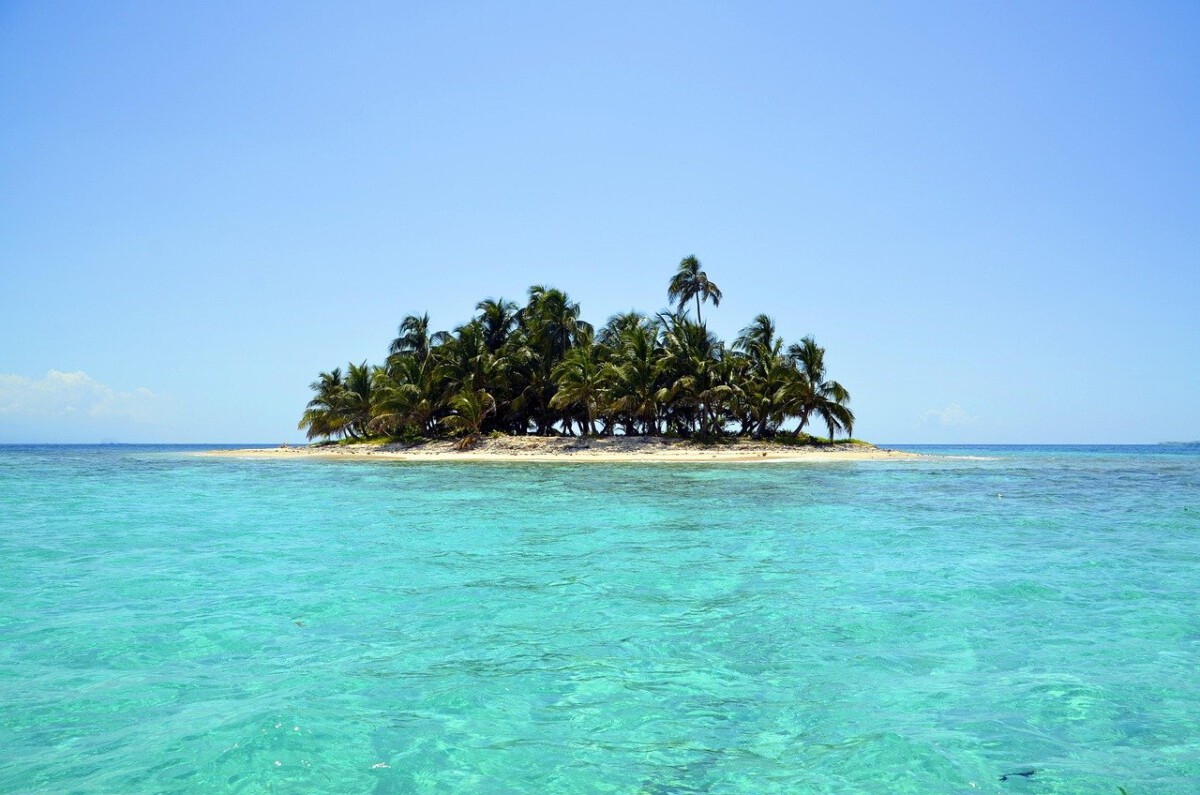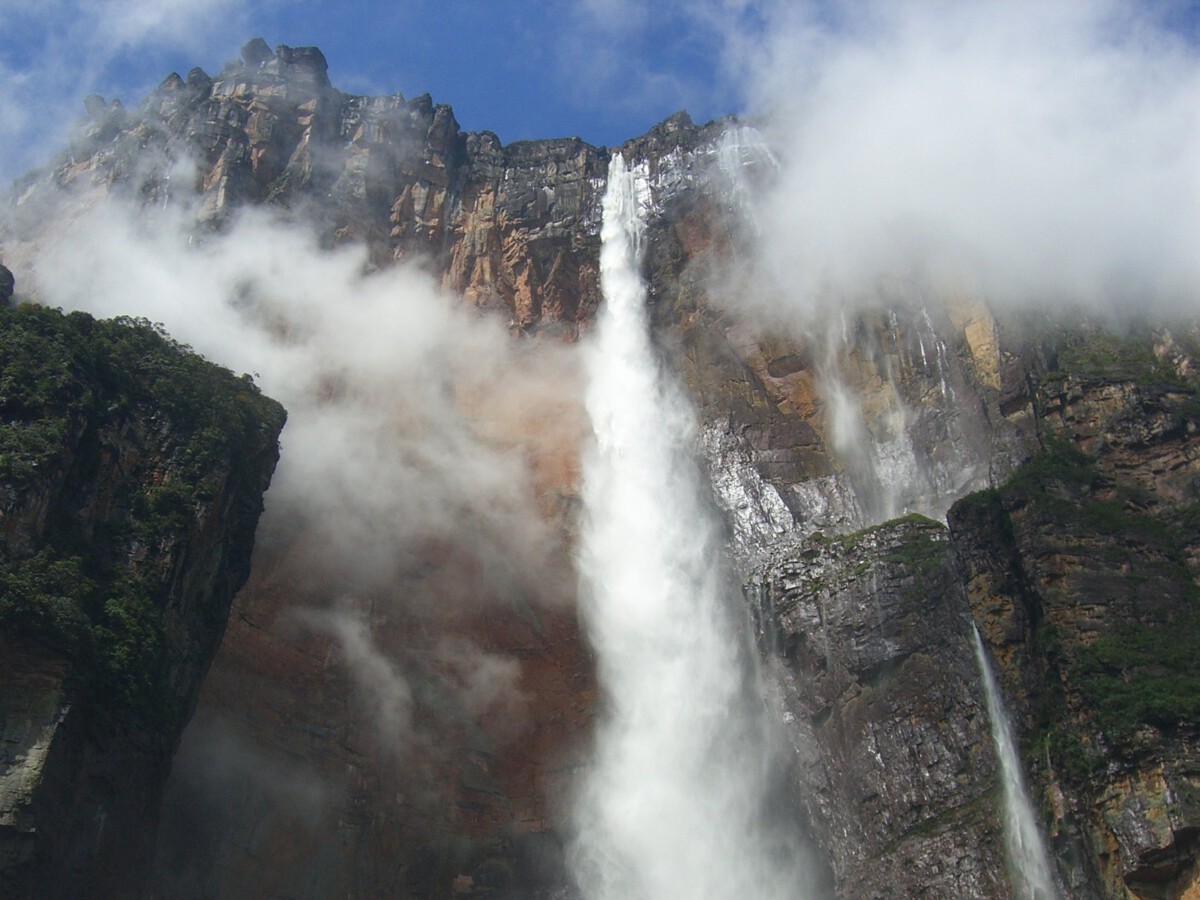Tourism on the Edge of the World

Antarctica, the coldest and most remote continent, is not a typical vacation spot, yet more people are traveling there than ever before. In the 2023-2024 season, the International Association of Antarctica Tour Operators (IAATO) reported over 105,000 visitors, a record-breaking number for the icy land. This sharp rise in tourism is fueled by a desire to see the untouched wilderness, the wildlife, and the vast white landscapes that look like nowhere else on Earth. Most tourists arrive on cruise ships, some of which are luxurious floating hotels, while others are simple and expedition-focused vessels. The journey is not just about sightseeing; it’s a test of endurance, curiosity, and respect for nature’s extremes. People who make it here often say the silence is deafening and the beauty is almost overwhelming. The allure comes from knowing you’re standing somewhere so few humans have ever been. Every year, more are drawn by the call of the White Continent’s mystery and majesty.
The Adventure Begins: How to Get There

Traveling to Antarctica is complicated and requires careful planning. Almost all journeys start in Ushuaia, Argentina, which is the southernmost city in the world and the main port for Antarctic cruises. From Ushuaia, travelers board ships and cross the infamous Drake Passage—a rough stretch of ocean known for wild storms and giant waves. This crossing can take up to two days and is often described as either “the Drake Shake” or, if you’re lucky, “the Drake Lake,” depending on the weather. Some intrepid tourists opt for fly-cruise packages, flying over the rough seas to King George Island before joining a ship. Most trips only run during the Antarctic summer from November to March, when daylight lasts almost 24 hours and temperatures can rise to a surprisingly mild 5°C (41°F). Preparation is key, as spaces are limited and tours fill up months in advance. The journey itself is often seen as a rite of passage for those seeking the edge of the world.
First Glimpse: Stepping Onto the Ice

Setting foot on the Antarctic Peninsula is an unforgettable moment for any traveler. The air feels different—crisp, clean, and shockingly cold. Most tourists land by inflatable Zodiac boats, bouncing over chilly waves before stepping onto snow or rocky beaches. Some visitors are lucky enough to visit scientific research stations or historic huts, getting a glimpse of how explorers and scientists survive in these harsh conditions. Every landing is carefully managed, with strict limits on the number of people allowed ashore at once to protect the fragile environment. The sight of endless ice, jagged peaks, and glaciers stretching to the horizon is both humbling and awe-inspiring. Many describe a sense of reverence, as if walking through nature’s own cathedral. There’s a powerful feeling of isolation, knowing you are further from civilization than almost anywhere else on Earth.
Wildlife Encounters: Penguins, Seals, and Whales

Wildlife is the main reason many tourists brave the journey to Antarctica, and the experience does not disappoint. Huge colonies of penguins—Gentoo, Adelie, and Chinstrap—fill the beaches, their calls echoing across the ice. Seals lounge on floes or slip into the freezing water, and if you’re lucky, you might spot a leopard seal, one of the top predators in these waters. The Antarctic summer is also prime time for whale watching, as humpbacks, orcas, and minkes follow rich feeding grounds. Tourists are always reminded to keep a respectful distance—at least five meters from animals—to avoid disturbing their natural behaviors. It’s common for penguins to waddle right up to visitors, seemingly unafraid, which makes for unforgettable photos and memories. Seeing these animals in their untouched home is moving, and many travelers say it changes the way they think about the natural world. Every sighting feels like a gift from the wild, and respect for the creatures is non-negotiable.
Frozen Landscapes: Icebergs and Glaciers

Antarctica’s scenery is nothing short of breathtaking, with massive glaciers, icebergs, and mountains that seem to glow blue under the endless daylight. The continent holds about 90% of the world’s ice, and its glaciers calve into the sea with loud, thunderous cracks that echo for miles. Icebergs, some as large as cities, float past the ships in every imaginable shape, from towering spires to flat-topped “tabular” blocks. Travelers are often stunned by the colors in the ice—brilliant blues and deep aquamarines that don’t look real. Some tours offer ice-climbing or hiking excursions onto the glaciers, where you can feel the ancient ice beneath your boots. The constantly shifting landscape means that no two visits are ever the same, and nature’s artistry is on full display. Many visitors say that the sheer scale and silence of the place is impossible to capture in photos or words.
Adventure Activities: Beyond the Cruise

For those craving more than sightseeing, Antarctica offers some of the most unique adventures on the planet. Kayaking among icebergs allows for a close-up view of the intricate shapes and colors of the ice, and sometimes curious seals swim alongside. Brave souls can sign up for a polar plunge, leaping into the near-freezing water for a quick, heart-stopping swim—a ritual that’s equal parts hilarious and exhilarating. Some expeditions offer snowshoeing, mountaineering, or even overnight camping on the ice, where you’ll sleep under a sky overflowing with stars. Each activity is closely supervised by expert guides to ensure safety in these extreme conditions. Participation requires extra planning and often an additional fee, but the memories are priceless. These hands-on experiences give travelers a deeper connection to the continent and a sense of real adventure. Every moment feels like a story you’ll tell for the rest of your life.
Life Onboard: Cruise Life in the Polar Regions

Most tourists live aboard their cruise ship during the expedition, enjoying a surprising level of comfort in the heart of the wilderness. Ships range from small, intimate vessels carrying 100 people to larger, luxurious ships with spas, gourmet dining, and even libraries. Daily routines include briefings, lectures from polar experts, and hearty meals to fuel the day’s excursions. Observation decks and lounges offer 360-degree views of the passing scenery, and it’s common to spot whales or seals from the warmth of the ship. The sense of camaraderie grows quickly aboard, as everyone shares the thrill of exploration. Some ships even provide specialized gear, such as parkas or boots, to help travelers stay warm and dry. Despite the rugged setting, life onboard can be surprisingly cozy, with hot drinks and friendly conversations a constant comfort.
Human Impact: Protecting a Fragile Wilderness

Antarctica is one of the last truly wild places on Earth, and the impact of tourism is a growing concern. The IAATO has strict guidelines: only 100 passengers can land at a site at once, and visitors must disinfect boots and gear to prevent introducing foreign species. Ships must follow specific routes and avoid sensitive wildlife areas. Tourists are briefed on the “leave no trace” principle and are even required to carry waste back to the ship. Climate change is a major threat, with temperatures rising and ice melting at alarming rates; some scientists worry that increased tourism could accelerate these changes. Every visitor is urged to act as an ambassador for conservation, spreading awareness about the need to protect this unique ecosystem. The balance between sharing Antarctica’s wonders and preserving them is delicate, but most travelers leave with a deeper commitment to environmental stewardship.
The Cost Factor: Is It Worth It?

A trip to Antarctica is expensive, often costing between $9,000 and $25,000 per person for a standard cruise, with luxury or extended trips reaching even higher. Extras such as kayaking, camping, or gear rental can add hundreds or thousands of dollars to the bill. Flights to Ushuaia, insurance, and travel gear must also be considered in the overall budget. Despite the price tag, demand continues to climb, with many trips selling out a year in advance. Most travelers see the cost as an investment in a once-in-a-lifetime experience, comparing it to other major life events or milestones. Payment plans and early booking discounts are available through some operators, making the journey slightly more accessible. Many visitors say the emotional and personal rewards far outweigh the financial cost, making it one of the most memorable journeys imaginable.
Unexpected Challenges and Rewards

Travelers to Antarctica must be prepared for the unexpected, as weather, ice conditions, and wildlife often dictate the daily schedule. Landings can be canceled at a moment’s notice if winds pick up or ice blocks the way, teaching patience and adaptability. Motion sickness on the Drake Passage is a real concern, and even seasoned sailors can struggle with the rough seas. Limited internet and no phone coverage mean unplugging from the outside world, which many find both challenging and liberating. Despite these obstacles, most visitors say the rewards are unmatched—every hardship is quickly forgotten when faced with a view of penguins marching across the snow or a glacier calving into the sea. The unpredictability is part of what makes the adventure so special, creating stories and memories that last a lifetime. Those who embrace the challenges often leave feeling changed, with new perspectives on nature, climate, and their own resilience.
Reflections from the Ice: What Stays With You

Long after travelers return home, the memories of Antarctica linger in powerful ways. Many speak of a new appreciation for silence, space, and the raw beauty of untouched wilderness. The sight of endless ice, the calls of penguins, and the stillness of a continent untouched by time create a lasting impression. Some visitors say the experience reignites their sense of wonder, while others feel a deeper responsibility to protect the planet. The friendships made onboard and the shared awe of discovery forge strong bonds between travelers from around the world. Visiting Antarctica is more than just a trip; it’s a personal transformation. The White Continent changes people in unexpected ways, leaving them with stories, images, and emotions that shape their outlook on life and the natural world.
Planning Your Antarctic Adventure

Anyone considering a trip to Antarctica should start planning well in advance, as spaces are limited and demand is high. Choosing the right tour operator is crucial—look for companies that are members of IAATO and follow strict environmental guidelines. Packing is an art, with layers, waterproof clothing, and proper boots all essential for comfort and safety. Travel insurance that covers medical evacuation is mandatory, as help is often days away in an emergency. Many operators provide packing lists and guidance to make sure nothing important is forgotten. Researching the different types of cruises, activities, and landing sites can help tailor the experience to individual interests. With the right preparation and mindset, a visit to Antarctica can become one of life’s most unforgettable journeys.







